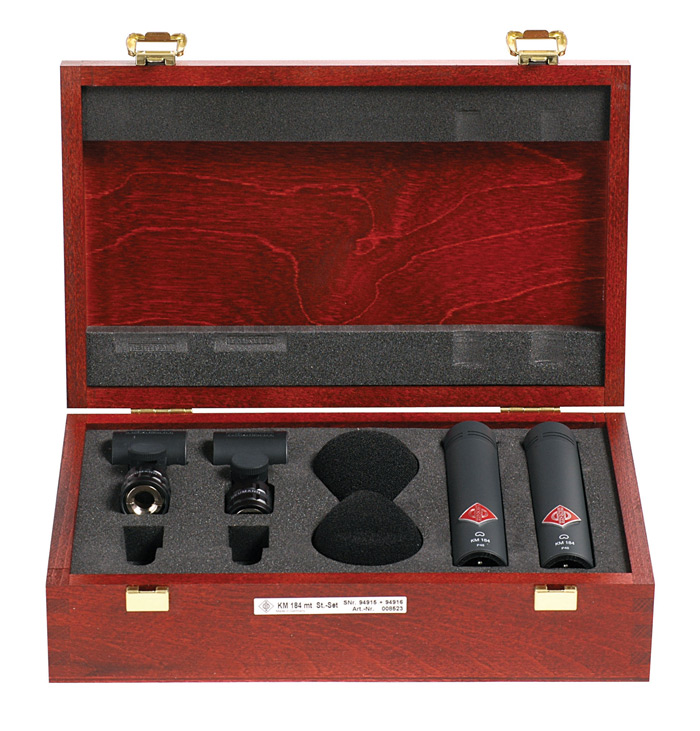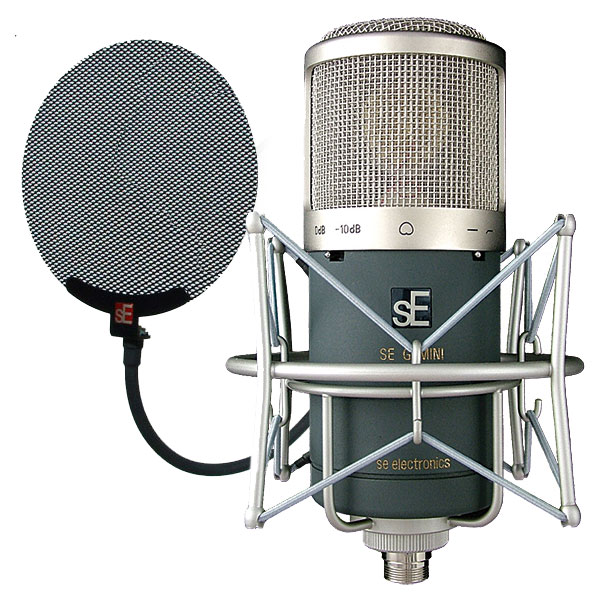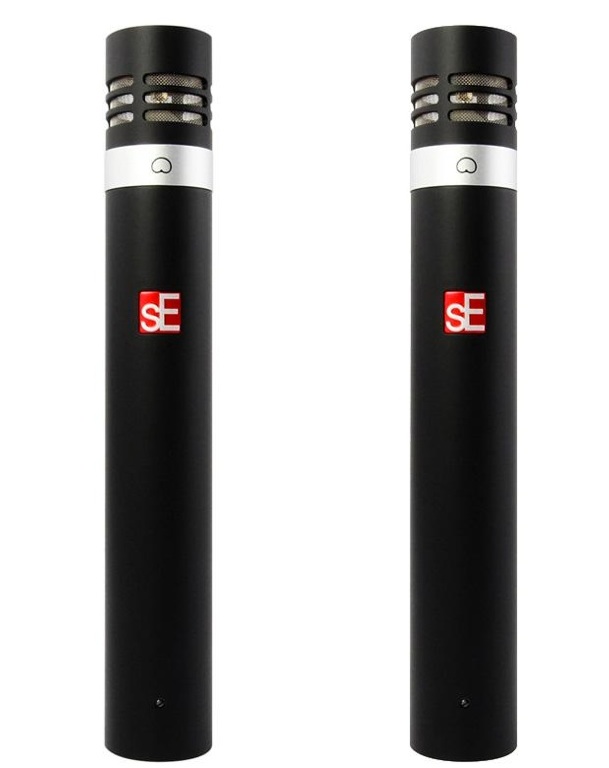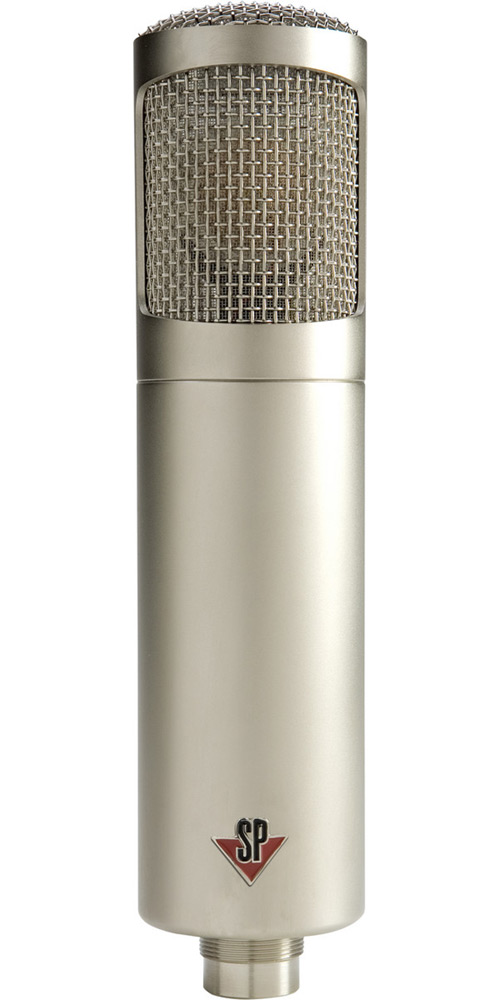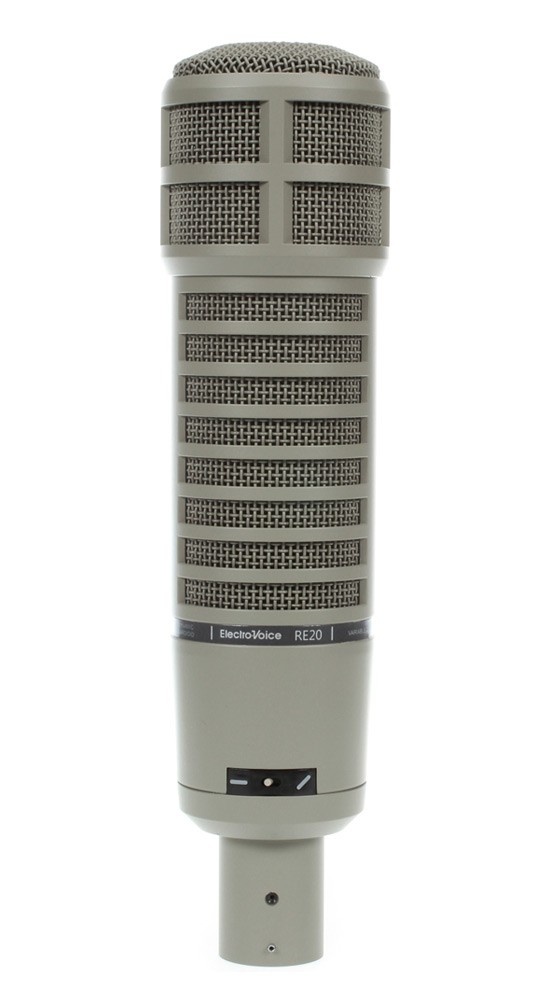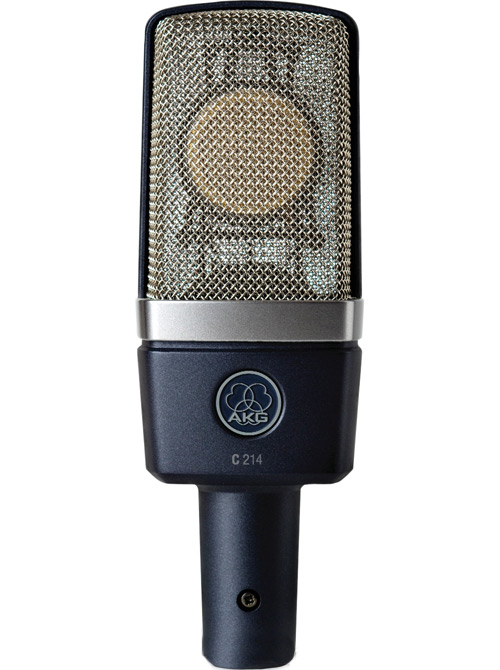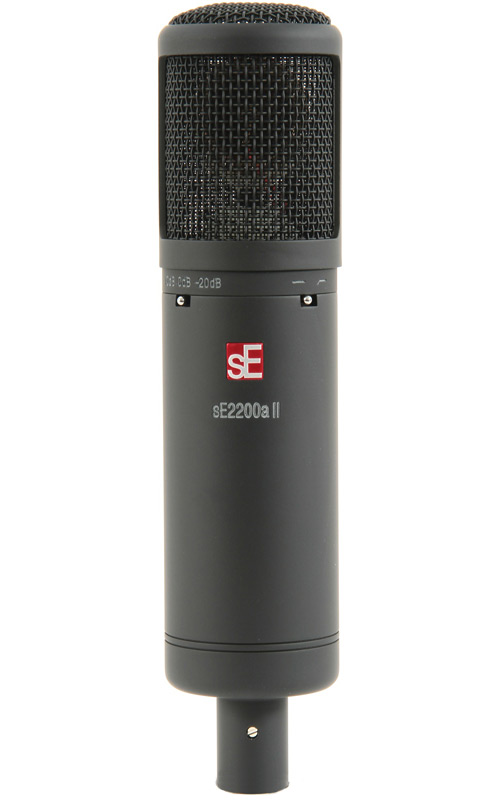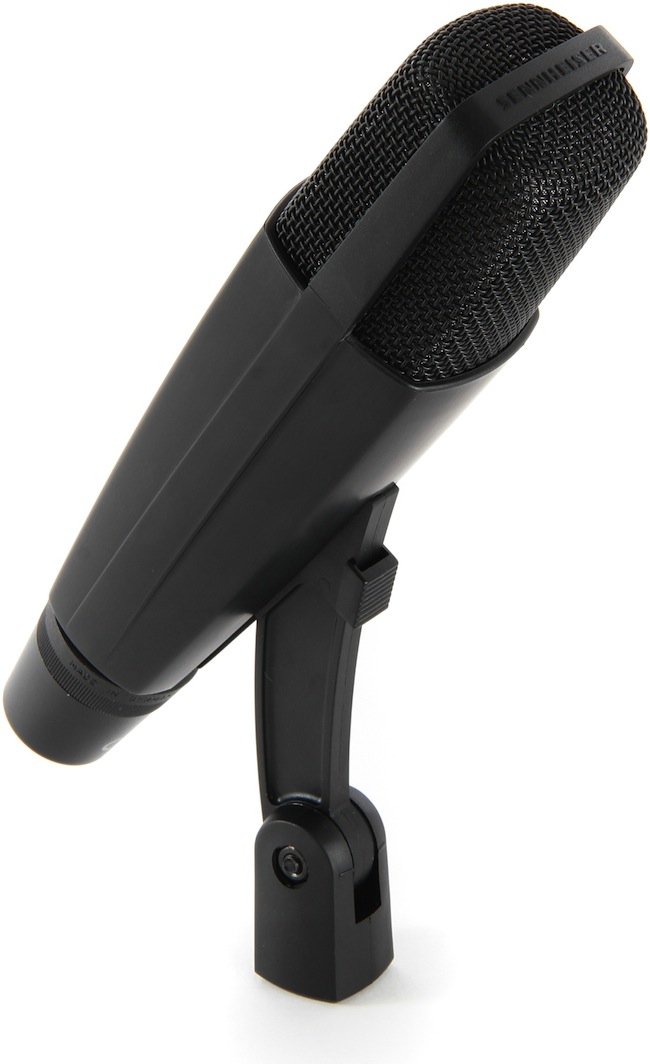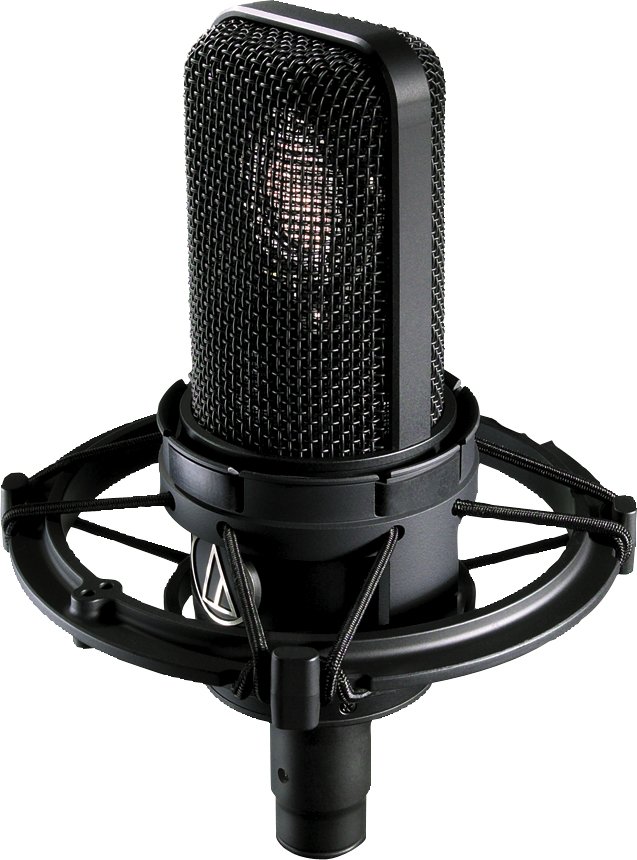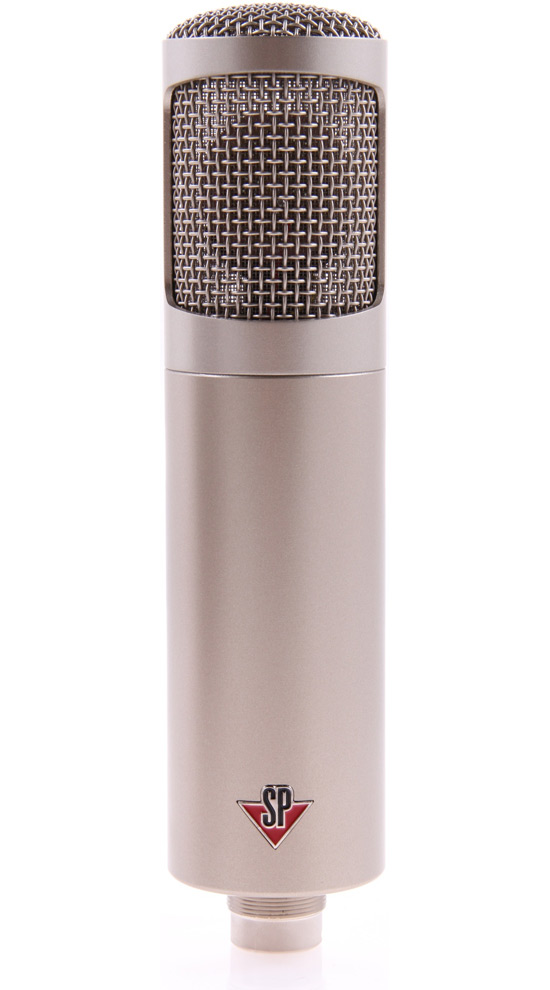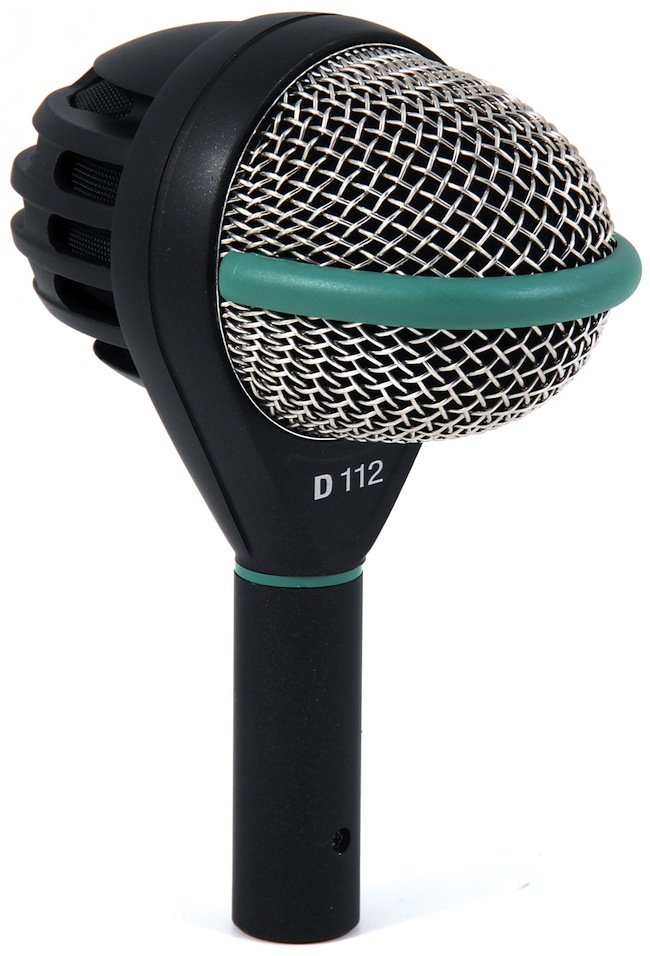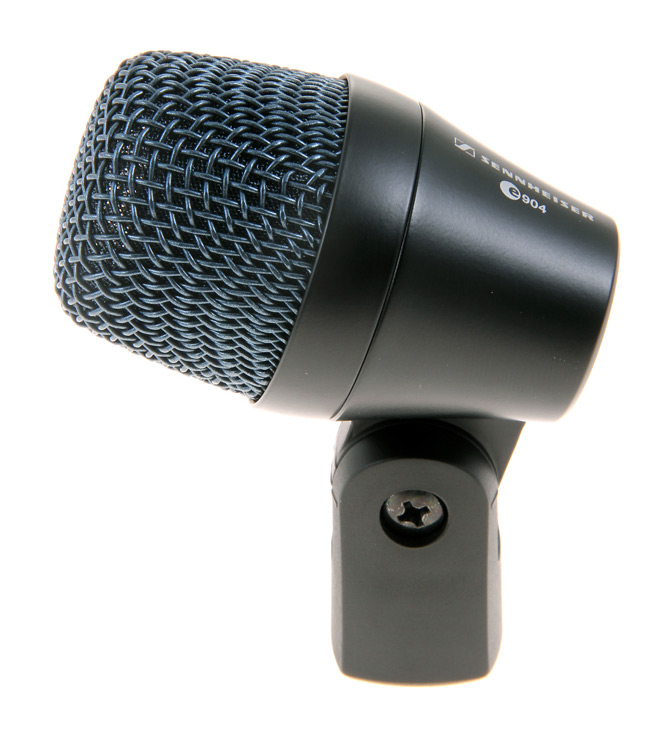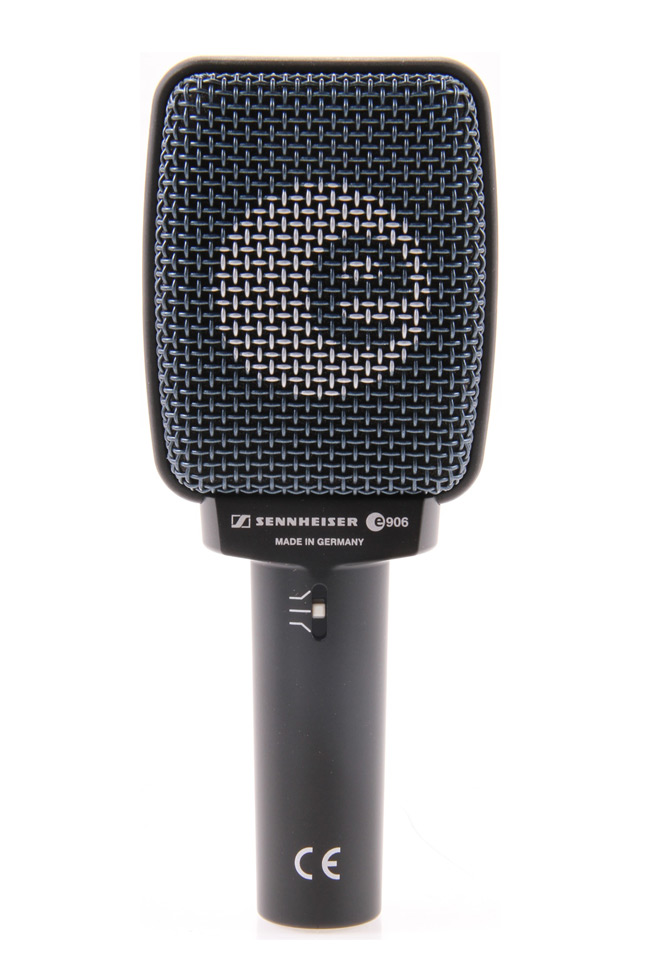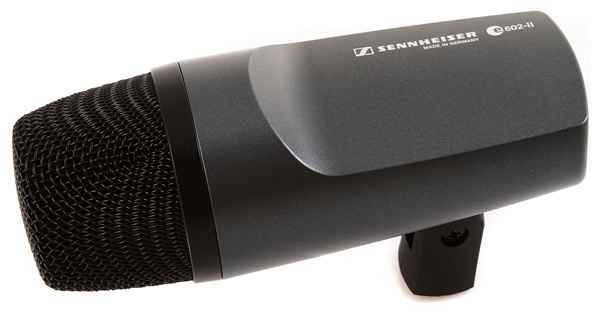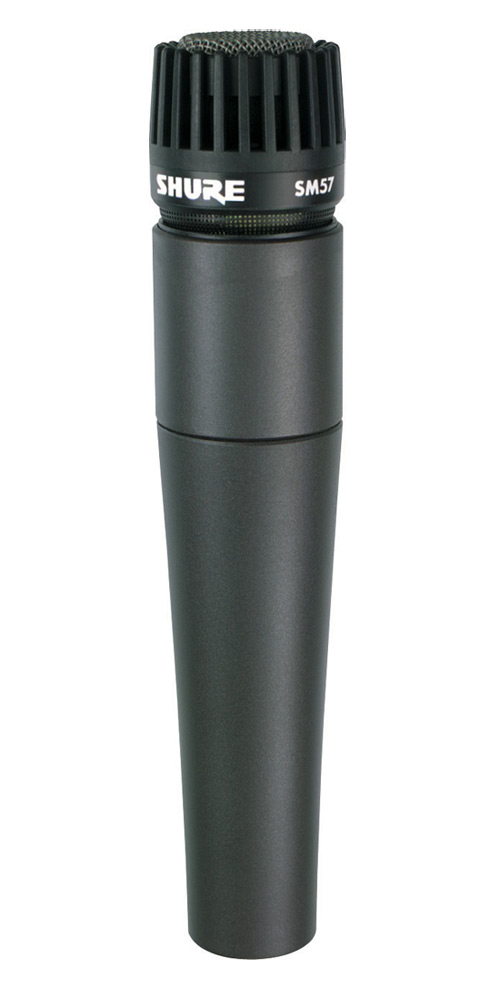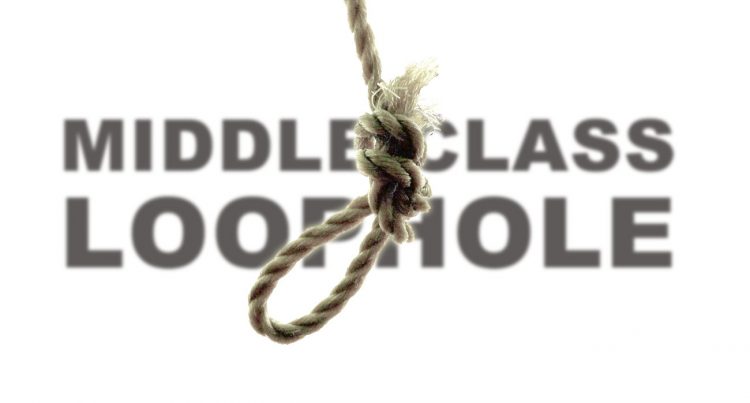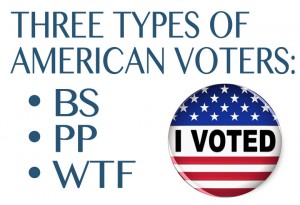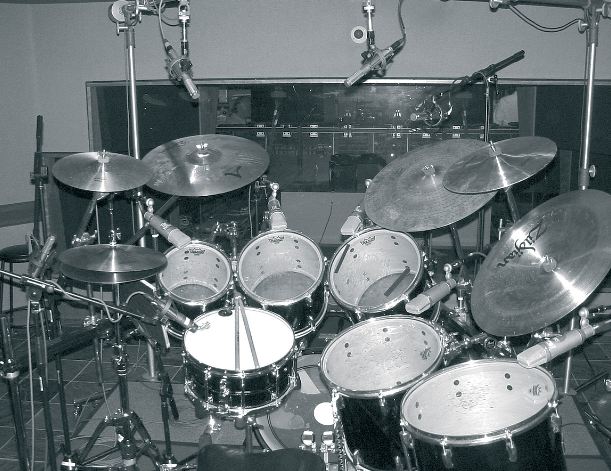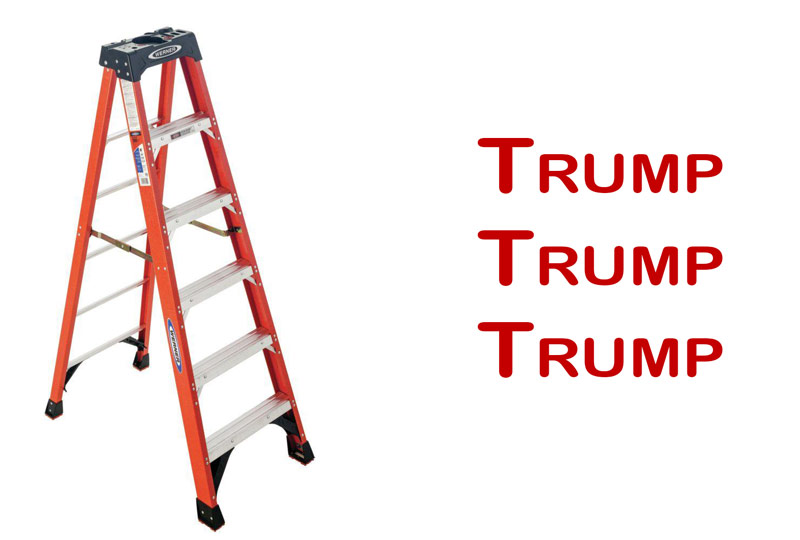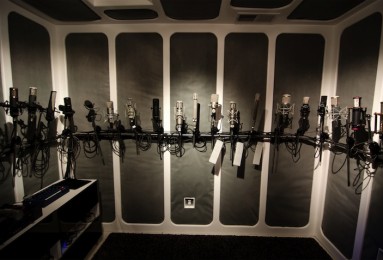
We’ve put together a list of 15 studio microphones that have captured a good sound, are reliable, and don’t cost a fortune. A “workhorse” microphone list for home and project studios.
When setting up a home or project studio, deciding which studio microphones to buy is not an easy task, mainly because the price differs by thousands of dollars.
How many people can really hear the difference between a $200 vs a $2000 condenser mic? (That question always manages to anger a lot of audio engineers, but it’s a valid question… and none of us really like the answer: no, most people can’t tell the difference).
Sure, there are always nuances between mics, and sometimes very big differences between cheap mics and vintage iconic ones costing over $10,000. And yes, audio engineers should always strive to get the best possible quality – but by the time everything is mixed and processed… will the people listening to your songs know or care?
If the song is great, is it no longer great if it was recorded with cheap studio microphones? Probably not. It’s a question you must ask when money is the major deciding factor. Here we list 15 studio microphones that you can use to get the job done. Some are pretty nice, some are inexpensive and nothing to cause a fanfare, but all of them get the job done, which is what counts: Microphones by Price.
There are two aspects about recording technology that audio engineers hate, but have also made it a lot easier for the rest of the world to record and get an acceptable sound. The expense and diversity of microphone manufacturing has decreased significantly, and the format on which 90% of all people listen to music, streaming or compressed formats, basically equalizes sound quality between high-end and mid-level by the time it gets to the consumer. The listening formats most people use today “strip away” many of the subtleties that make a great mic a great mic – what’s left is the song, the performance, recording technique, mixing and mastering.
How a recording engineer uses microphones – mic placement, selection and blending – is now much, much more important than the quality of the individual mics. A lousy and lazy engineer can get an equally terrible sound out of a vintage Telefunken as he can a Samson USB mic.
Side note on microphone placement and application
You’ll notice that in this article when comparing microphones by price we’re mixing dynamic and condenser microphones together. This is intentional. You can use both types of mics in almost every situation. The way a microphone works does influence sound and how high an SPL it can handle, but there is no magic formula that tells you which type you should use. Vocals can sound great with a dynamic, and a snare drum can sound great with a condenser. Microphone selection is about the sound you need, not defaulting to “the right mic” for a particular instrument. We do also compare studio mics by type as well, but honestly, that’s more out of habit than anything else. Don’t assuming that one is “better” than another in any way. They’re just different. If you want to learn more about the key differences between microphone types and polar patters, check out this beginners guide to mic buying.
Microphones By Price
At one point or another, we’ve used the various studio microphones that are listed here, and they’ve proved to be both reliable and did a good job of “doing the job” without breaking the bank. They’re listed by price: high to low. However, that does not mean the most expensive is necessarily the best. Sometimes a simple, $100 SM57 is the perfect choice for the sound you need. You want to have ample options for polar patterns, but in all honestly, don’t worry too much if most of what you own is all cardioid.
Think of this set of mics as what POLITUSIC thinks are all good mic options for a home or project studio that wants a decent sound, but doesn’t want to take out a second mortgage in order to do it. These have repeatedly been the go-to, workhorse sort of mics when “the absolute best” is out of reach. (Granted, some of these are still somewhat expensive, but those are the ones that really pay off in the long run – and they’re still less expensive than most high-end mics.) Many of these microphones work in both studio and live environments, and all are versatile enough to be used on a lot of different instruments. If you practice your mic placement technique and have a good sounding room, you can make a great sounding record with even just a few of these studio microphones.
